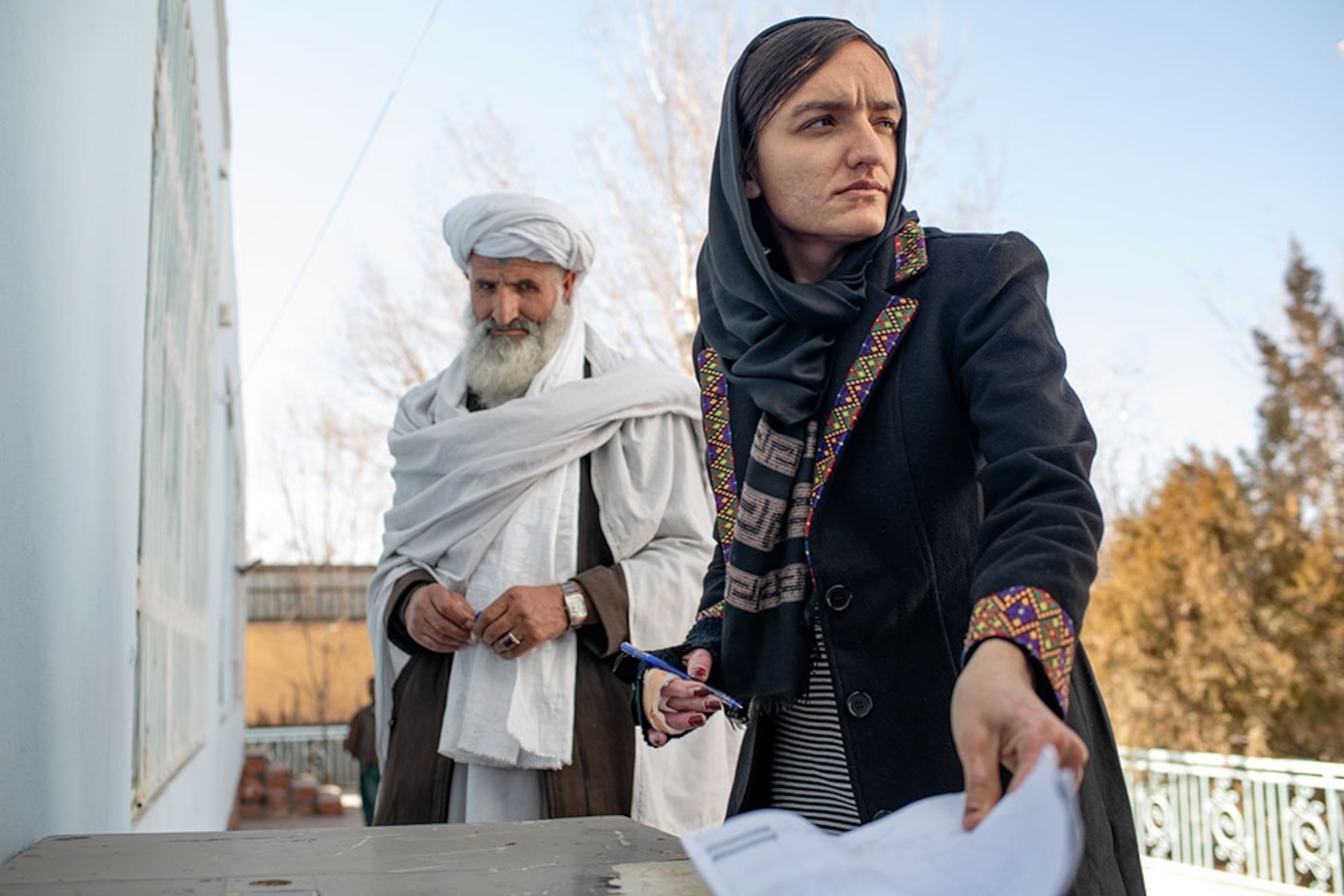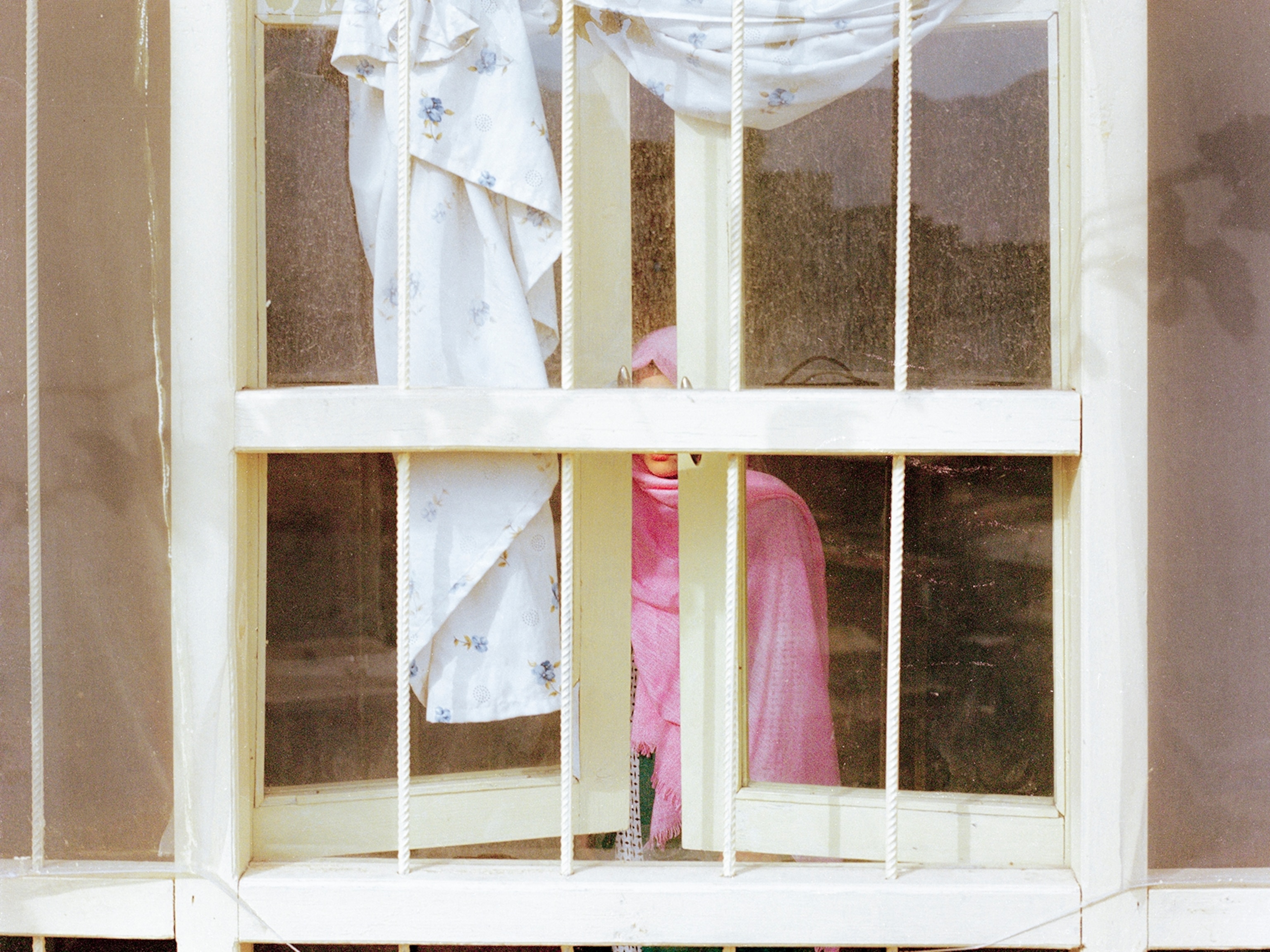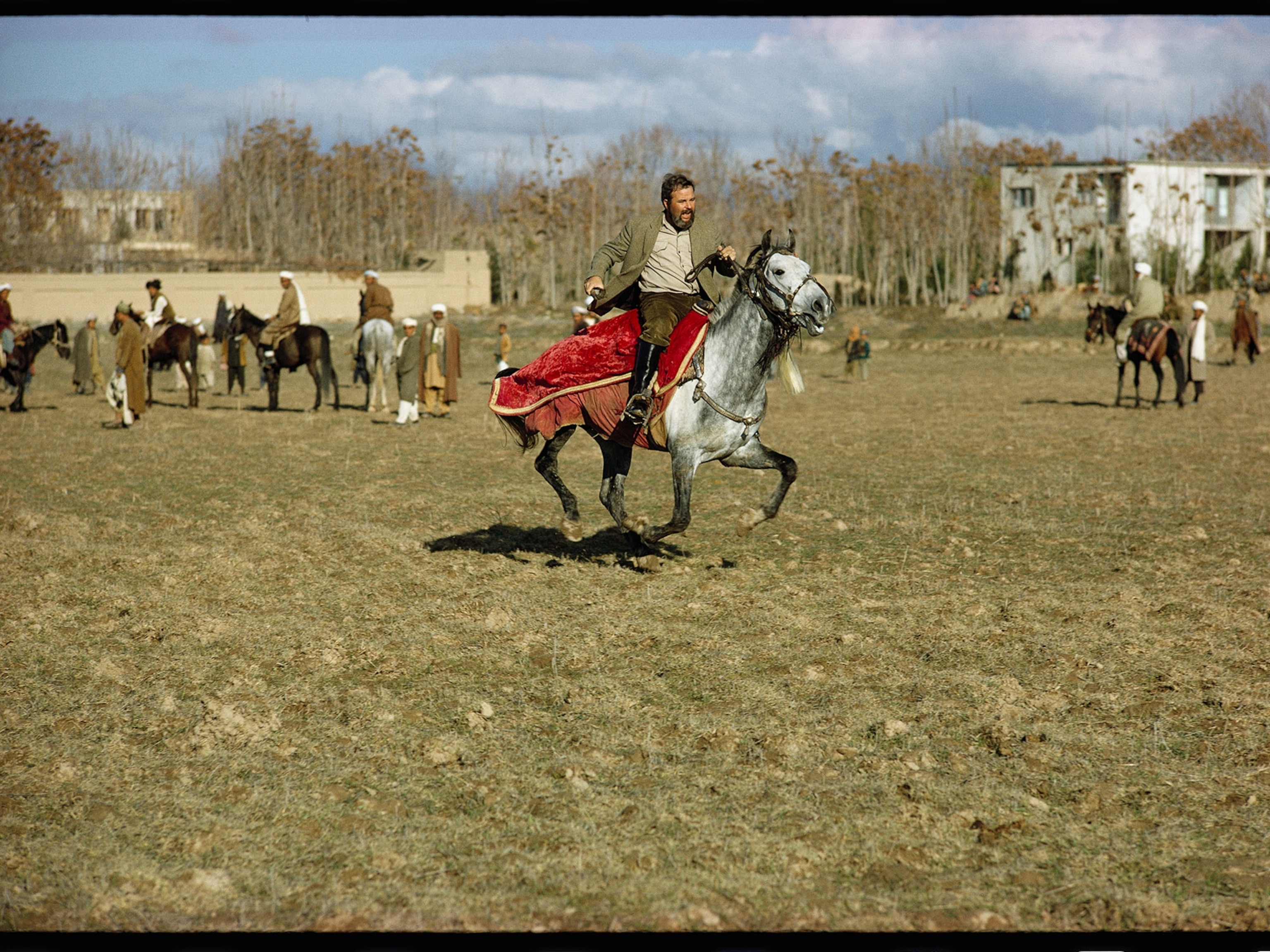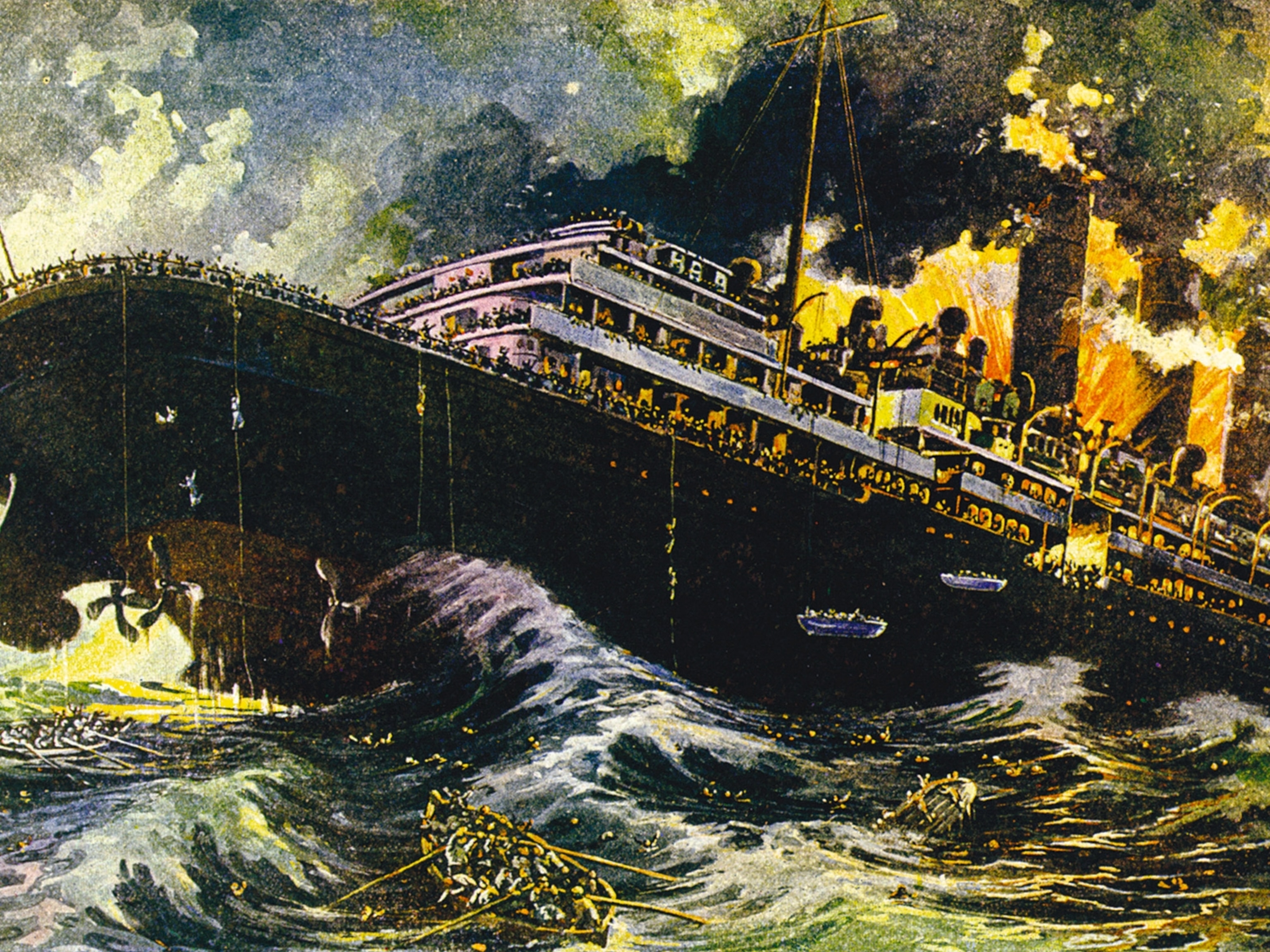
How the Taliban swiftly retook power in Afghanistan
Islamic nationalists force chaotic end to 20-year U.S. presence
This is an adaptation of the intro from one of our daily newsletters. Want stories like this delivered to your inbox? Subscribe here.
In December 2001, I was in the first convoy of reporters to reach the southern Afghan city of Kandahar the day after the Taliban regime was ousted from its final stronghold. We walked through the bombed-out remains of al Qaeda’s most infamous training camp, Lewa Sarhadi, stepping gingerly to avoid landmines, and sifting through abandoned composition books with notes in Arabic and two Afghan languages on how to ambush a target and how to make bombs from fertilizer and fuel oil. We slept on the floor of unfurnished outbuildings at the Kandahar governor’s mansion, sending stories home on satellite phones about Afghans celebrating the end of a dark era of harsh repression, and public stonings and hangings of those who dared to disobey.
It had taken more than two months of CIA operations and U.S. airstrikes to help Afghan militias unseat the fundamentalist Islamists who harbored Osama bin Laden as his al Qaeda terrorists plotted the September 11 attacks on the U.S. At the time, the speed of the Taliban’s collapse seemed so swift.
Two decades later, it took a resurgent Taliban two days from overrunning Kandahar and a string of other provincial capitals to complete their triumphant march on the capital, Kabul. After the U.S. confirmed earlier this year it would pull out its last troops before the twentieth anniversary of the 9/11 attacks, the Taliban began extending their tentacles across the countryside and inexorably closing in on cities, squeezing out the more numerous Afghan troops. And just like that, the Taliban are once again in charge.
More than two trillion U.S. taxpayer dollars were invested and 170,000 mostly Afghan lives lost over 20 years, according to the Costs of War Project at Brown University. The monumental effort was meant to support a more democratic, equitable, and inclusive government than the Taliban or the anarchy and patchwork of mujahideen and communist regimes and emirates that preceded it. What is there to show now for that high price? On Sunday, the U.S.-backed president, former World Bank official Ashraf Ghani, fled the country. Panic and gunfire in the streets followed. Terrified residents tried to empty their bank accounts and flee; women activists and civic leaders were threatened with “punishment,” according to reports; and the Pentagon sent troops to evacuate embassy staff, drawing bitter comparisons to the chaotic Fall of Saigon.
What began as a U.S. effort to hunt down a terrorist leader in Afghanistan morphed into a two-decade nation-building experiment plagued by mismanagement of aid and contracts and corruption by Afghan elites who enriched themselves at the expense of the population, as reporter Jason Motlagh and photographer Kiana Hayeri chronicle in their in-depth Nat Geo reporting over the past several months. Regarded by many resentful Afghans as an occupation, the persistent and ultimately ineffectual U.S. presence allowed the Taliban to portray themselves as a nationalist movement—and their Afghan rivals as puppets of the latest foreign power vainly trying to exert its influence over Afghanistan, the notorious graveyard of empires that wore down the British, the Soviets, and now the American superpower.
The Taliban’s view of Islam rejects all representations of humans and animals in art. When they last ruled between 1996-2001, the Taliban decimated irreplaceable cultural heritage, including the giant buddhas in Bamyan, a UNESCO-designated world heritage site, as well as statues and other priceless artifacts. As reporter Andrew Lawler writes, the speed of the Taliban’s onslaught last week took museum curators across the country by surprise, who fear they may not be able to safeguard cultural patrimony fast enough to avoid its destruction.
And what does the future hold for Afghan women and girls, who stand to lose their rights to education, work, travel, dress, and political voice? And what of rights activists, community organizers, and female politicians and entrepreneurs, whose work and lives are likely now in grave danger? Some months ago, Nilofar Ayoubi recalled her mother being beaten under the Taliban for shopping without a male relative. Ayoubi, 26, the owner of a boutique for modern women who shopped unaccompanied, had received death threats and was carjacked in broad daylight, but she had refused to abandon the freedom she had found in Kabul. “I really don’t see myself anywhere else,” she said at the time.
That was before the Taliban’s return.
Indira A.R. Lakshmanan is Nat Geo's senior executive editor for news and features.









